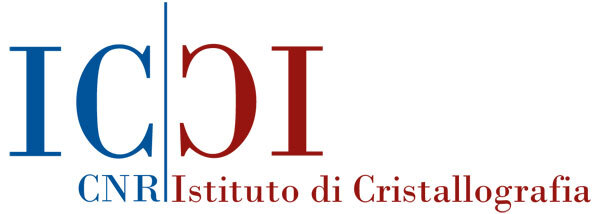High- Tc superconducting dome in artificial heterostructures made of nanoscale quantum building blocks
While the search for high-Tc superconductivity was driven mostly by trial and error methodology searching for novel materials, here we provide a quasi-first-principles quantum theory for engineering superconductivity in artificial high-Tc superlattices (AHTSs) with period d, ranging from 5.28 down to 3 nanometers, made of superconducting quantum wells of variable thickness L. An important feature of our quantum design is the key role of the interface internal electric field giving Rashba spin-orbit coupling in the nanoscale quantum superconducting building blocks. By tuning the geometrical conformational parameter L/d around its magic ratio 2/3, we predict the superconducting dome of Tc versus doping characteristic of unconventional superconductors. Quantum size effects, controlled by L/d, change the energy width and splitting of two quantum subbands formed by the electronic space charge confined in superconducting nanolayers. The theoretical superconducting dome Tc versus charge density is shown to be controlled by the Fano-Feshbach resonance between two superconducting gaps. We have been able to predict experimental results on cuprate AHTSs by tuning the geometry of superlattices of quantum wells made of superconducting layers of thickness L of modulation-doped stoichiometric Mott insulator La2CuO4 with no chemical dopants, confined within normal metal overdoped cuprate layers.
| Anno |
|---|
| 2024 |
| Rivista |
| PHYSICAL REVIEW. B |


